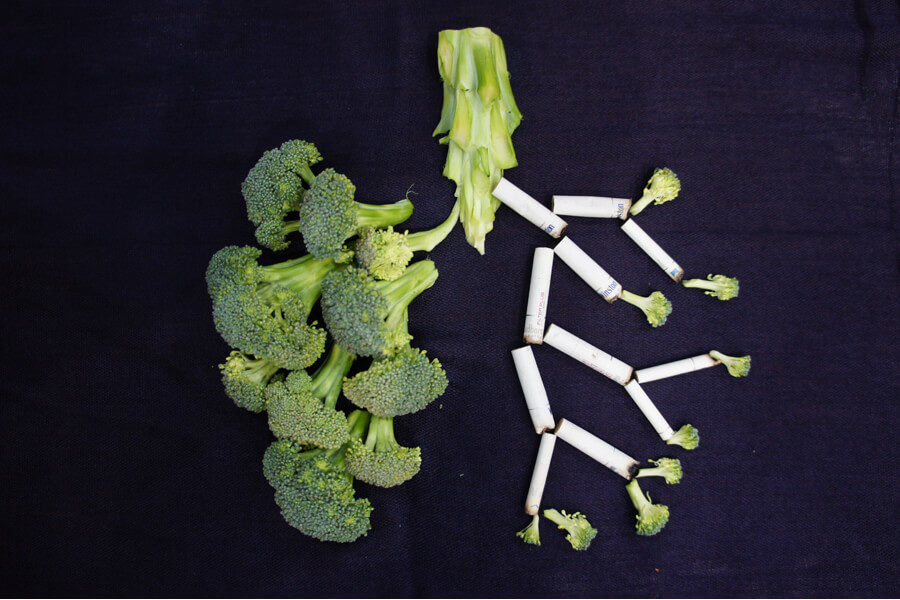Boosting quit attempts can significantly reduce COPD burden in NSW

DATE
TYPE Prevention Centre News
A dynamic simulation model has shown, for the first time, the importance of quit attempts in reducing the future burden of COPD – estimated to cost Australia more than $7.7 billion per year.
It found that encouraging quit attempts among young people and those from lower socioeconomic backgrounds would have the greatest impact on the overall COPD burden and could delay the onset and severity of COPD among these people.
But any intervention that supported longer and more frequent quit attempts would have significant benefits, and much greater than has been shown in the literature previously, the model indicated.
Modeller Dr Ante Prodan said the probability of developing COPD is directly linked to the amount of tobacco smoked over a lifetime.
“So, helping people to sustain their quit attempt for just a few extra days, or encouraging them to try more often, could significantly impact the burden of COPD at a population level over time,” he said.
“We know the population of smokers is becoming less sensitive to tobacco price increases, so it will be necessary to develop targeted interventions for different sub populations of smokers to prevent COPD in future.”
Dr Ante Prodan
Dr Prodan said a range of criteria could be used to identify smokers who were likely to quit, such as how long it took them to have their first cigarette after they woke up, or how many days a month they refrained from smoking.
COPD has been estimated to affect 7.5 per cent of Australians over 40 and 29.2 per cent of those over 75. In NSW, there are more than 2500 deaths each year attributed to COPD and more than 20,000 hospitalisations.
As smoking rates have declined in Australia in recent years, it has been unclear how the COPD burden will change in future.
The Prevention Centre built an agent-based dynamic simulation model to forecast how smoking patterns in NSW will impact COPD over time.
The model incorporated multiple sources of data, including NSW Health and ABS data and recent research on quitting by Professor Ron Borland of the University of Melbourne. The findings were tested against self-report data collected by the Sax Institute’s 45 and Up Study.
Unlike previous studies, the model measured how COPD risk is affected by how much people smoke and the length and frequency of their quit attempts. It calculated smoking harms daily, meaning it could predict in more detail the long-term benefits of cutting down or quitting for just a few days.
The model’s findings included:
- There will be more COPD as the population ages, but this will be offset by the decline in COPD rates as people stop smoking
- The rate of COPD among female smokers in NSW will increase in comparison to male smokers in future
Dr Prodan said dynamic simulation modelling was a useful tool to study the effects of quitting on COPD as it reflected the dynamic nature of individual smokers’ behaviour.
“People do things and react to circumstances in different ways. Dynamic simulation modelling can model individuals who each day make decisions that influence how much they smoke and whether they are going to quit,” he said.



